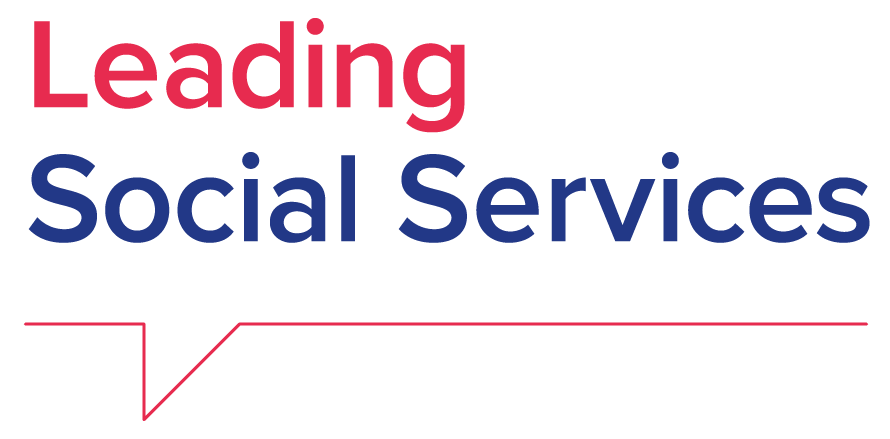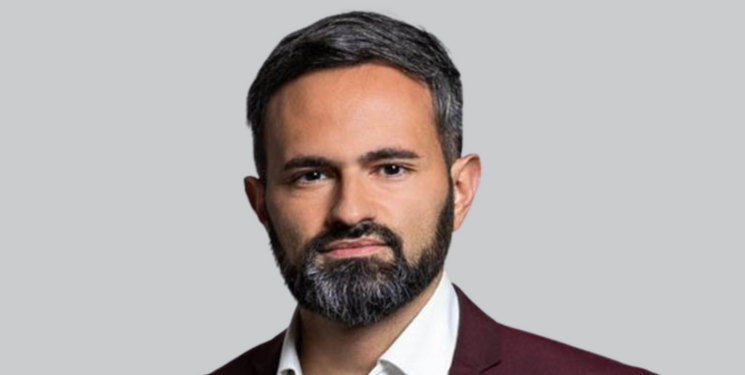Building partnerships is essential to ensure the implementation of successful programmes in the two key areas around which child protection is built: prevention and intervention. This was the theme of our annual seminar held in Bucharest, where we gathered more than 150 child protection social services leaders to discuss how best to protect children across Europe.
Both prevention and intervention programmes are crucial. Prevention efforts aim to stop abuse, neglect, or other forms of maltreatment before they occur. The goal is to strengthen families and provide them with the support they need to create a safe and healthy environment for their children. Successful programmes involve integrating generalist social services with specialist ones to protect the most vulnerable.
At the seminar, speakers highlighted the need to break the cycle of deprivation, very much in line with ESN 2010 report where we stressed the need for partnerships across services to support children of disadvantaged families. Considering that in 2023, almost a quarter of children in the EU were at risk of poverty or social exclusion, Jiri Svarc, Head of Unit at the European Commission, emphasised the importance of initiatives like the European Child Guarantee (ECG). The ECG helps finance programmes in education, nutrition, healthcare or early childcare because these can lower the stressors that may lead to neglect or unsafe conditions.
Programmes that support parents and communities around positive parenting practices, child development, and the signs of abuse or neglect can significantly reduce the risks. For example, 16 local authorities in Estonia are implementing a programme to support families at risk of child-family separation that draws on a range of services. Providing access to psychological, social and education support services for children and caregivers can help families build resilience and healthy relationships so they can address challenges in non-harmful ways. For instance, Save the Children Romania is implementing a programme to support children whose parents left to work in another EU country by helping them cope with challenges and stressful situations before they escalate into crisis.
Despite examples of best practice, when we asked ESN members ahead of the seminar about the availability of prevention services, we found that only family counselling was widely available in most regions. Members also pointed out that regular mobile social work and support for birth families need reinforcing across Europe.
Intervention programmes involve taking actions to ensure the immediate and long-term safety of a child when there is a known or suspected case of child neglect or abuse. Successful programmes involve a combination of reporting and investigation, safety planning, family support and rehabilitation, placement and foster care. When we compared availability and coverage of family-based alternative care services we found that Latvia has one of the highest rates in family-based service provision. However, Martins Moors, Director of Social Services in Riga, warned that this encouraging result is at risk: “The number of new foster parents has been decreasing. As many current foster parents are reaching retirement age, we request the national government to recruit new foster parents and increase the offer of family-like care services”, he said.
In Romania and Greece, our members have noticed an increase in the number of foster parents, but this is from a very low starting point. In Greece, for instance 45% of children in alternative care are still living in residential settings.
When asked about the availability of foster care, 75% of the members who responded to the questionnaire did not have knowledge about the time children had to wait for a permanent placement. However, we did find that waiting time can be up to two years in some regions, with significant differences both within and between countries.
This is due in part to the shortage of foster families. Fifty-nine per cent of respondents said there was a significant shortage of foster carers in their countries, which impacts the ability to find a permanent placement for children at short notice. There is no magic wand that can resolve this complex issue but based on the available literature, there are preferred solutions. Kinship and social network care is one example. People who know the child and those within the maternal kinship line are particularly ready to foster a child in need.
Together, prevention aims to stop abuse before it starts, while intervention addresses immediate risks and ensures the safety and wellbeing of children when harm may have already occurred. Supporting families through mobile social work, comprehensive parent-child facilities, part-time alternative care, supported living for young people, as well as the further development and support of foster and kinship care need to be coordinated and integrated to successfully protect children. Social services partnering across prevention and intervention programmes are crucial for creating a comprehensive child protection system that prioritises children’s safety and development.


